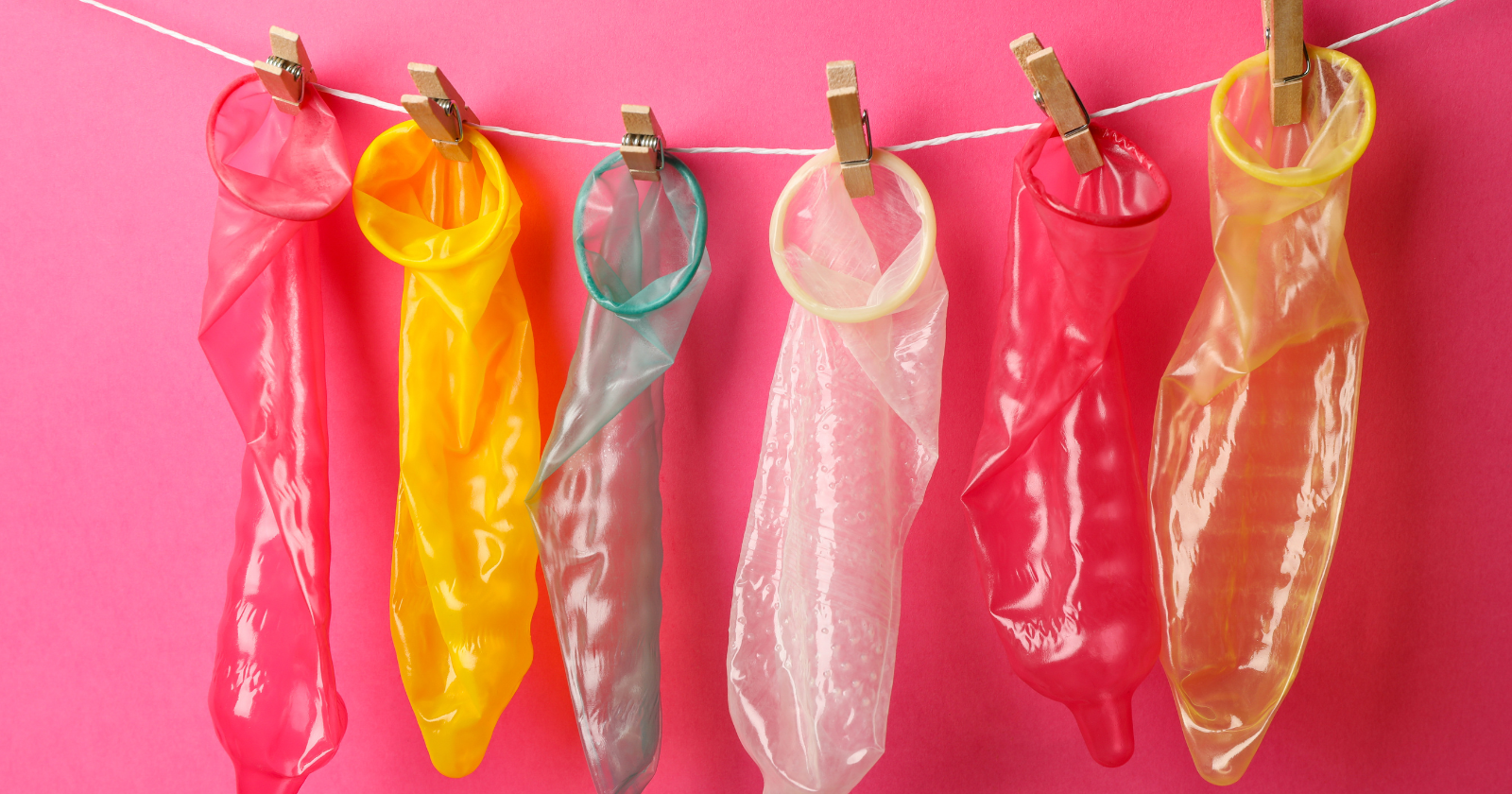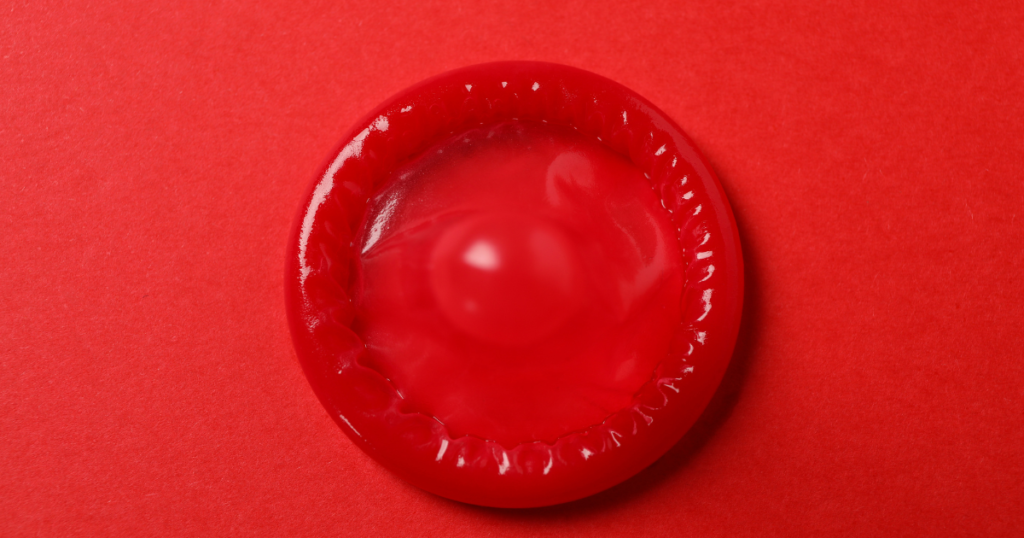
Flushing a condom down the toilet might seem like an easy way to get rid of it, but trust me, it’s a recipe for a plumbing disaster. So, How Long Does It Take For A Condom To Clog A Toilet? Well, condoms are like the superheroes of durability—they’re not breaking down anytime soon.
This means they can cause some serious blockages in your pipes. Imagine trying to fish out a rubbery villain from your plumbing system—not fun! In this article, we’ll dive into the nitty-gritty of how long it takes for a condom to clog a toilet, why it’s a bad idea, and what you should do instead. Spoiler alert: the trash can is your best friend here.
So, How Long Does It Take For A Condom To Clog A Toilet?

So, how long does it take for a condom to clog a toilet? Well, it’s like asking how long it takes for your favorite TV show to get canceled—sometimes it’s immediate, sometimes it takes a while, but it’s never good news! Condoms are made from super-tough materials like latex or polyurethane, so they don’t break down in water.
This means they can get stuck in your pipes quickly, especially if your plumbing is older or a bit cranky. Sometimes, it might take a few flushes for the trouble to start, but once it does, you’re in for a messy situation. Bottom line: save yourself the headache and always toss condoms in the trash. Your plumbing will thank you!
The Role of Condoms in Toilet Clogs

Condoms, while essential for safe sex, can become a real headache when they end up in our toilets. But why is that? The answer lies in their design and material composition.
Condoms are typically made from latex, a type of rubber, or polyurethane, a type of plastic. These materials are chosen for their durability, flexibility, and ability to act as a barrier against fluids and microorganisms. However, these properties that make condoms effective for contraception and disease prevention also make them a problem for our plumbing.
Unlike toilet paper or human waste, condoms do not break down or disintegrate in water. They maintain their shape and size, even when submerged in water for extended periods. This is because the materials used to make condoms are not biodegradable in a water environment.
When a condom is flushed down the toilet, it can easily travel down the pipe and get caught in the toilet’s trap or further along in the plumbing system. Over time, it can cause a blockage, especially if other non-disintegrating materials are flushed and accumulate at the same spot.
Furthermore, condoms can inflate with water or air as they travel through the plumbing system, making them even more likely to cause a blockage.
In the next section, we’ll explore the timeline of a toilet clog caused by a condom. How long does it take? The answer might surprise you. Stay tuned!
The Timeline of a Clog

The timeline of a toilet clog caused by a condom is not straightforward to calculate. It depends on various factors, making it difficult to provide a one-size-fits-all answer. However, we can discuss the elements that influence this timeline and give a general idea of what to expect.
- Frequency of Flushing Condoms: The more frequently condoms are flushed, the quicker a clog can form. A single condom might pass through a plumbing system without causing a blockage, but regular flushing increases the chances of condoms getting caught and causing a clog.
- Other Debris in the Plumbing: Other non-disintegrating materials can speed up clogging. If items like wipes, cotton swabs, or feminine hygiene products are also being flushed, they can accumulate with the condom and form a blockage more quickly.
- Pipe Size and Condition: Smaller or older pipes may clog more quickly. Over time, pipes can develop a buildup of scale and sediment, reducing their diameter and making it easier for a condom to get stuck.
- Water Pressure and Flow Rate: High water pressure and flow rate can push a condom further down the pipe, delaying a clog. Conversely, low water pressure might not move the condom as far, increasing the chances of a clog.
Given these variables, it’s challenging to provide a definitive timeline for when a condom will clog a toilet. It could be as quick as a few days if multiple condoms are flushed in a system already prone to clogs, or it could take weeks or even months in other cases.
However, the key takeaway is not the timeline but the fact that condoms can and do cause clogs. In the next section, we’ll discuss the impact of a clogged toilet and why it’s best avoided. Stay tuned!
The Impact of a Clogged Toilet

A clogged toilet is more than just an inconvenience; it can lead to significant damage and unexpected costs. When a toilet clogs, water can back up and overflow, potentially damaging your bathroom or home. If left untreated, this can ruin flooring, cause mold growth, and even damage the structural elements of your home.
Unclogging a toilet can also be costly, especially if professional plumbers are needed. In severe cases, parts of the plumbing system may need to be replaced, which can be a significant expense.
Beyond the direct impact on your home and wallet, there’s also an environmental aspect to consider. When condoms are flushed, they can end up in septic systems or municipal wastewater treatment plants. These systems are not designed to handle such materials, and condoms can cause blockages or damage equipment.
Furthermore, if condoms pass through these systems, they can end up in rivers, oceans, and other bodies of water, contributing to pollution and potentially harming wildlife. Condoms are not biodegradable and can persist in the environment for a long time, similar to other forms of plastic waste.
In the next section, we’ll discuss how to prevent these issues by providing tips on avoiding toilet clogs and what to do if a clog occurs. Stay tuned!
Prevention and Solutions

Preventing a toilet clog is significantly easier and less costly than dealing with one. Here are some tips to help you avoid this unpleasant situation:
- Proper Disposal of Condoms: The simplest and most effective way to prevent a condom from clogging your toilet is to dispose of it properly. This means wrapping it in tissue or toilet paper, throwing it in the trash, and not flushing it down the toilet.
- Educate Household Members: Make sure everyone in your household understands what can and cannot be flushed down the toilet, including guests who may not know your household rules.
- Use a Trash Bin: Keep a small trash bin in the bathroom to dispose of condoms and other non-flushable items. This makes it easy for people to dispose of these items properly.
- Regular Maintenance: Regularly check your toilet and plumbing for signs of a slow drain or minor clog. Catching these issues early can prevent a full-blown clog.
- But what if a condom already clogs your toilet? Here’s what you can do:
- Use a Plunger: A plunger can often dislodge a clog and get your toilet working again. Ensure you have a good seal and use forceful plunges to clear the clog.
- Try a Toilet Auger: If a plunger doesn’t work, a toilet auger, also known as a plumbing snake, can break up the clog or pull it out.
- Call a Professional: If you cannot clear the clog yourself, it’s time to call a professional plumber. They have the tools and expertise to handle stubborn clogs without damaging your plumbing.
Remember, the key to dealing with toilet clogs is prevention. By disposing of condoms and other non-flushable items properly, you can keep your plumbing running smoothly and avoid the hassle and expense of a clog.
What Size?

In our journey through plumbing and condoms, we’ve uncovered some surprising truths. Who knew something as small as a condom could cause significant problems when flushed down the toilet?
Due to their durable material, condoms can survive a journey through our plumbing system and cause clogs. The timeline for such a clog can vary greatly, depending on factors like the frequency of flushing condoms, the presence of other debris, and the condition of the pipes.
The impact of a clogged toilet can be far-reaching, causing damage to your home, incurring unexpected costs, and even contributing to environmental pollution. But the good news is that this is a preventable problem. By disposing of condoms properly—in the trash, not the toilet—we can keep our plumbing running smoothly and protect our environment.
So the next time you reach to flush a condom, remember the potential journey it could take and the problems it could cause. Choose the trash bin instead. It’s a small action that can make a big difference.
Thank you for joining us on this unusual exploration. We hope you’ve found it enlightening and that it encourages you to think twice about what goes down your toilet. Until next time, happy flushing—responsibly, of course!
Frequently Asked Questions
What happens if you flush one condom down the toilet?
It is advisable not to flush latex condoms down the toilet or sink as they can trap bacteria in the bowl or pipes and lead to blockages. To dispose of used condoms correctly, wrap them in tissue paper and throw them away in the trash bin.
Will one condom clog a septic tank?
The expert cautions that flushing items like paper towels, tissues, wipes, feminine products, and condoms can lead to blockages and drainage problems. To avoid long-term issues, it is recommended to pump out your septic tank and clean the filter every 3-5 years.
